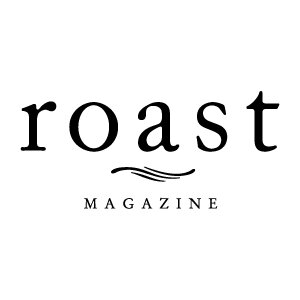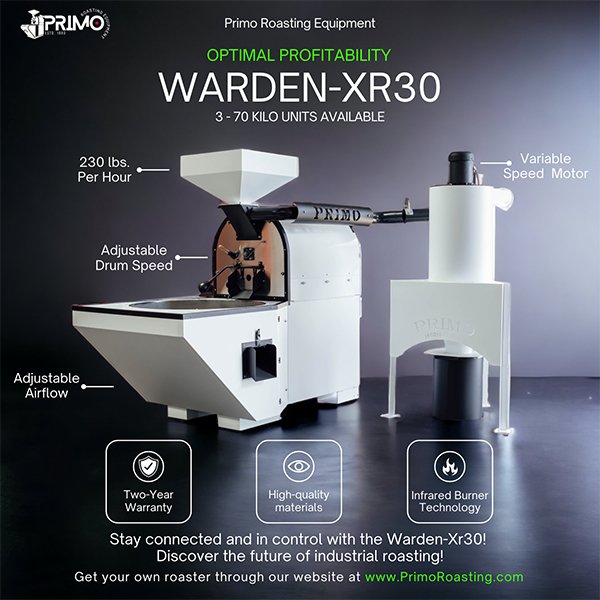The Past, Present and Future of Coffee Branding (Plus How to Use it)
By Kat Melheim
Think of a successful coffee company. What comes to mind? The quality of its coffee, the logo and colors it uses, the look and feel of its cafes, perhaps even its presence on social media—all of these elements are part of that company’s brand. From the first roasting businesses to present-day coffee companies that you know and love, branding has played a key role in differentiating one roaster from another and continues to be a defining aspect of a company’s identity.
What sets a strong brand apart from a weak one, and how did we get where we are today? In this article, I explore the history of coffee branding, provide helpful tips to bolster your brand, and attempt to forecast coming trends within the coffee space. Whether you have spent months dialing in your brand strategy, or you have not taken a second to think about it, you will find historical context, actionable exercises, and professional expertise to better understand and use branding to your advantage.
History
The Beginnings of Coffee Branding
Through the early 19th century, coffee was an undifferentiated consumable product. Like other raw goods such as flour, sugar and wheat, green coffee was sold in large barrels at the general store. Customers would buy green coffee, take it home, and roast it themselves. That all changed in the United States after the Civil War.
According to Mark Pendergrast, author of Uncommon Grounds: A History of Coffee and How It Transformed Our World, it all started with Arbuckles’ Coffee. “Branding didn’t really happen until it was possible to have industry,” says Pendergrast. “You had the development of the first decent roaster by Jabez Burns, and it became possible to roast a large amount of coffee.” Arbuckles’ took this innovation and ran with it, inventing ways to preserve the freshness of roasted coffee, including coating the coffee in a sugar and egg glaze and packaging it in paper bags. While paper bags primarily functioned to keep the coffee fresh, Arbuckles’ discovered another purpose for the bags: branding. The company printed its name, beautiful imagery, and even coupons on the coffee bags. “They became a huge, big deal, and the first really well-known brand,” says Pendergrast. This success brought the concept of roasted, packaged, branded coffee to the American masses. By the turn of the 20th century, consumption trends had shifted from raw to roasted coffee as other companies such as Hills Brothers, Folgers and Maxwell House entered the market.
Advertisement










